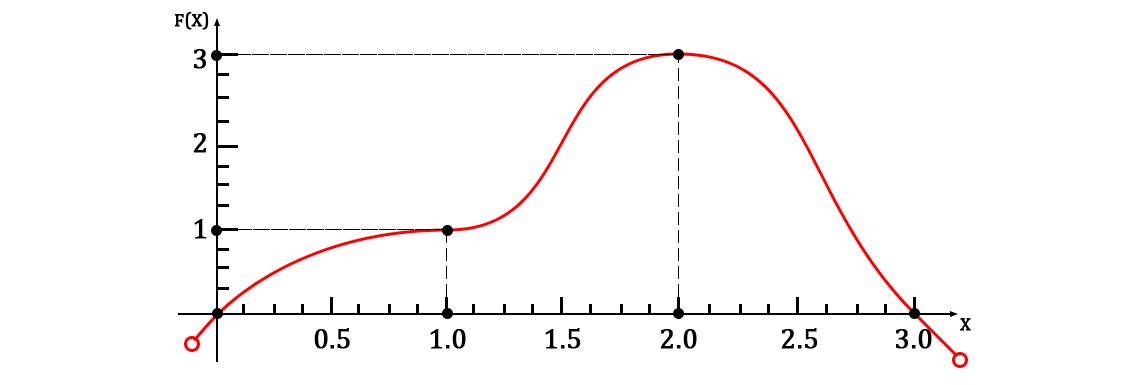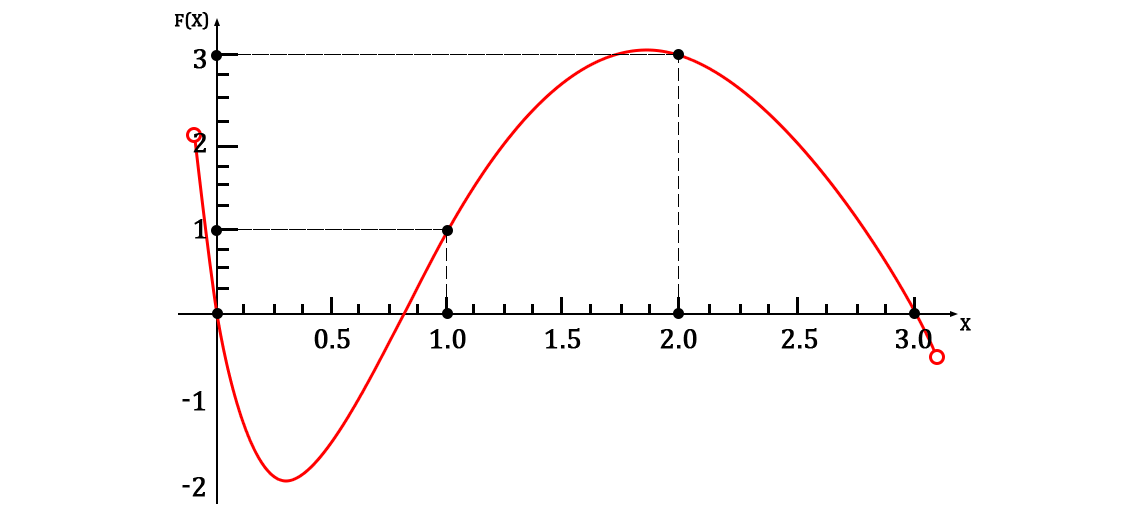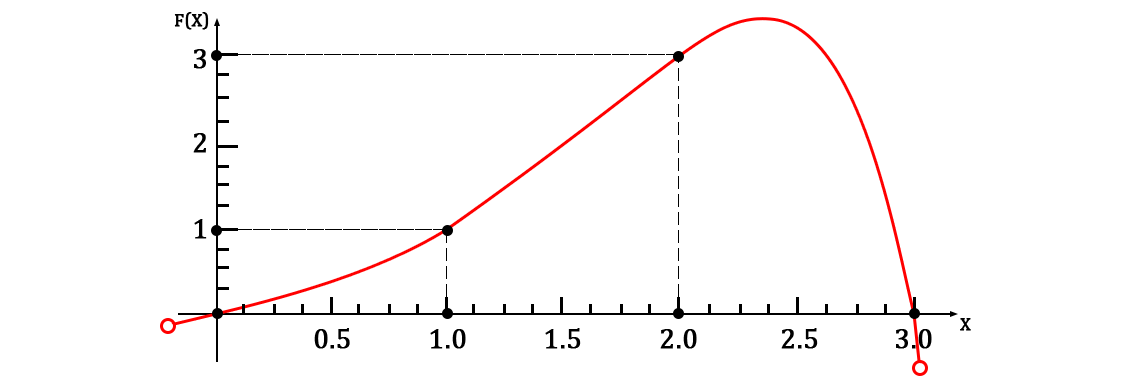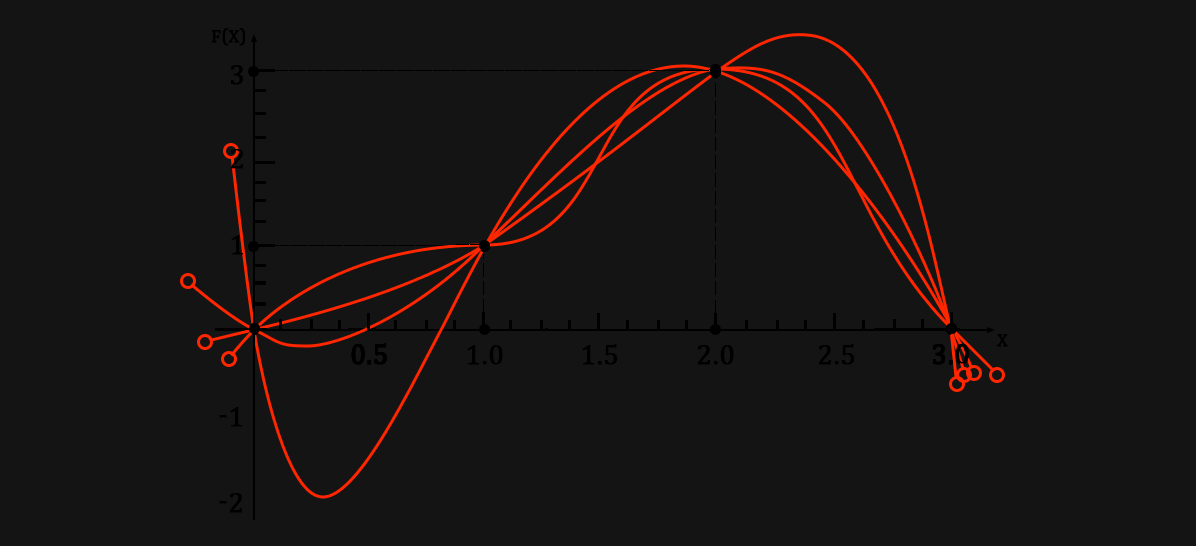Interpolation polynomial on arbitrary functions
Introduction
Greetings, dear readers! Today I propose to reflect on the following task:
Given
Translating into Russian we have: Ivan made
“Why in a roundabout way?” You ask. The answer is traditional: this article is a continuation of a series of amateurish articles about mathematics, the purpose of which is to popularize the mathematical world.
Process
To begin with, it is worth noting that a certain number of interpolation polynomials already, of course, exist. These polynomials are just designed to solve the desired problem. Among them are especially known such as the Lagrange and Newton polynomials .
It is also necessary to clarify what “arbitrary functions” are (the term comes from the title of the current article). By them is meant any unary function whose result is a bijective mapping of the argument.
In the framework of the article, I propose to take the decimal logarithm for such a function
Representing them on the plane, something like this should turn out:

It is easy to notice that now the number of pairs of points is equal to
When solving this problem, a certain system of equations comes to mind, where the number of linearly independent lines is
Let's try to write a function as a sum of decimal logarithms with coefficients (so that the number of coefficients is equal to
Arguments for
Since we know
The triviality of the system is that we simply find such
Actually solving this system relatively
On this, the task naturally comes to an end, it remains only to write it into a single function:
She, of course, will go through a given set of points. A graph of the function will look like this:

Also, for the sake of clarity, we can give an approximated system of solutions:
Then the approximated form of the function will be as follows:
Of course, no one says that the resulting function will be minimal (the same Lagrange polynomial will give a shorter form). However, this method allows you to express a function through a set of arbitrary functions (though, bearing in mind the restrictions specified above in the article).
Various examples
For dessert, we similarly construct a function in radicals :
We compose a system of equations for finding the coefficients:
Her solution is unique and looks as follows:
Then the finished function is as follows:
Which, in combination, is the Lagrange polynomial for a given set of points (since it implicitly implements the radical form of the algorithm from the article). The graph on the area of the given points looks like this:

The most interesting in this story is that arbitrary functions for constructing the final function can
Where
And then - according to the algorithm above, everything is exactly the same. Not forgetting that
For example, you can show a function consisting of completely different basic functions:
In order to satisfy a given set of points, the coefficients will then be the following (found strictly according to the algorithm from the article):
And the function itself will be like this:
The graph will look almost the same as the previous one (in the area of the given points).
If you want a more “smooth” schedule, then you can look in the direction of the factorial form, for example this:
Find the coefficients:
Substitute these in the finished function:
And also enjoy a very good schedule:

Why is this needed?
Yes, at least in order to imagine a bunch of ropes tightened with plastic clamps :)

( * Here we just laid all the charts on top of each other )
That's all for the current article, I recommend playing on your own.
All the best,
Peter was with you.
